- +9714 421 8369
- +971 50 379 6862
- sales@deltapower.ae
Resilient Seated
The bonnet type Resilient Seated Gate Valves have a revolving non-rising stem, provided with a functional thread which is inside the valve chamber.
During the operation, stem revolves in the stem nut which carries along a solid wedge which is vulcanized by rubber. Due to its design, low torque values are achieved which eases the revolving of the stem.
The stem is locked against axial movement by a bonnet nut threaded to the bonnet, and no axial movement occurs in the specified conditions.
The wedge is guided in the body in a precast groove and provides an undisturbed water flow when the valve is open.
The body and the vulcanized wedge do not have pressed-in sealing seat. Without the sealing seat, residuals do not collect inside the valve which allows a drip tight closure even in dirty water. Moreover, vulcanized wedge can stretch in case a residual is stuck between the body and the wedge at the time of closure, so that sealing is achieved.
Description
Nominal Size
DN40-DN600
Nominal Pressure
PN10-25
Face to Face
EN558-1 Series 14-15-3
(DIN 3202 F4-F5-BS)
Body Material Options
Ductile Iron
Accessories
Handwheel
Cap Top
Extension Spindle
Gearbox
Electrical Actuator
Bypass Valve
Position Indicator
Chainwheel
Wedge Guide
Flange Standards
EN 1092/2
BS 4504
BS10E
ANSI

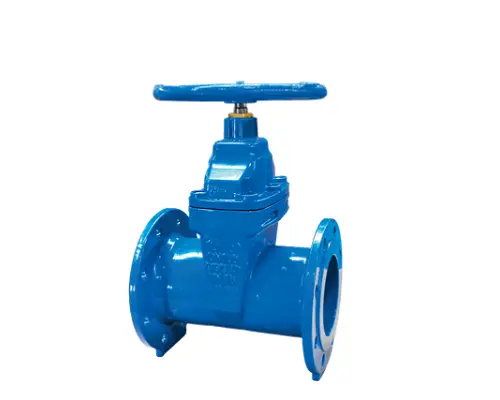
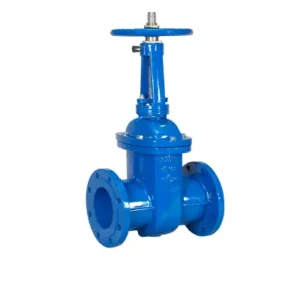



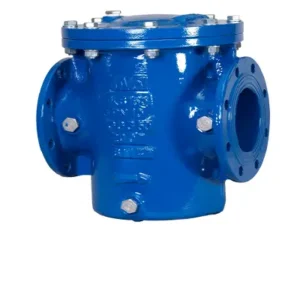
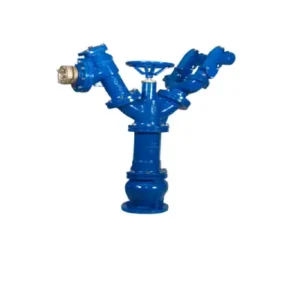

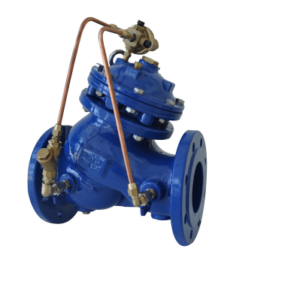
Reviews
There are no reviews yet.